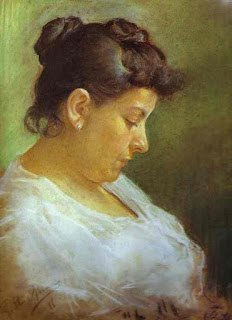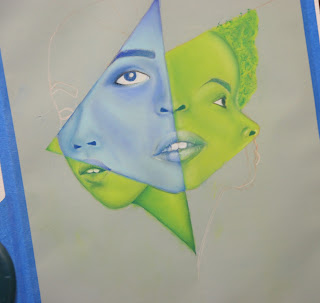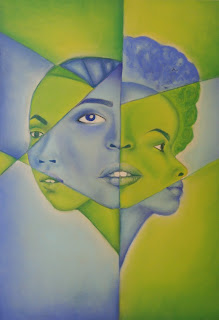Write narratives to develop real or imagined experiences or events using effective techniques, well-chosen details, and well-structured event sequences.
“This sentence has five words. Here are five more words. Five-word sentences are fine. But several together become monotonous. Listen to what is happening. The writing is getting boring. The sound of it drones. It’s like a stuck record. The ear demands some variety. Now listen. I will vary the sentence length, and I create music. Music. The writing sings. It has a pleasant rhythm, a lilt, a harmony. I use short sentences. And I use sentences of medium length. And sometimes, when I am certain the reader is rested, I
will engage him with a sentence of considerable length, a sentence that burns with energy and builds with all the impetus of a crescendo, the roll of the drums, the crash of the cymbals — sounds that say listen to this, it is important.” — Gary Provost
Considering the caption from above, write about one of the photo's below. Make sure you vary sentence length, use creative descriptive words, and correct grammar and punctuation.
 |
| Seniors first day, getting lockers, |
 |
| BHS Administration Als Bucket Challenge |
 |
| BHS Football. |
(from Jostens Digital classroom)















